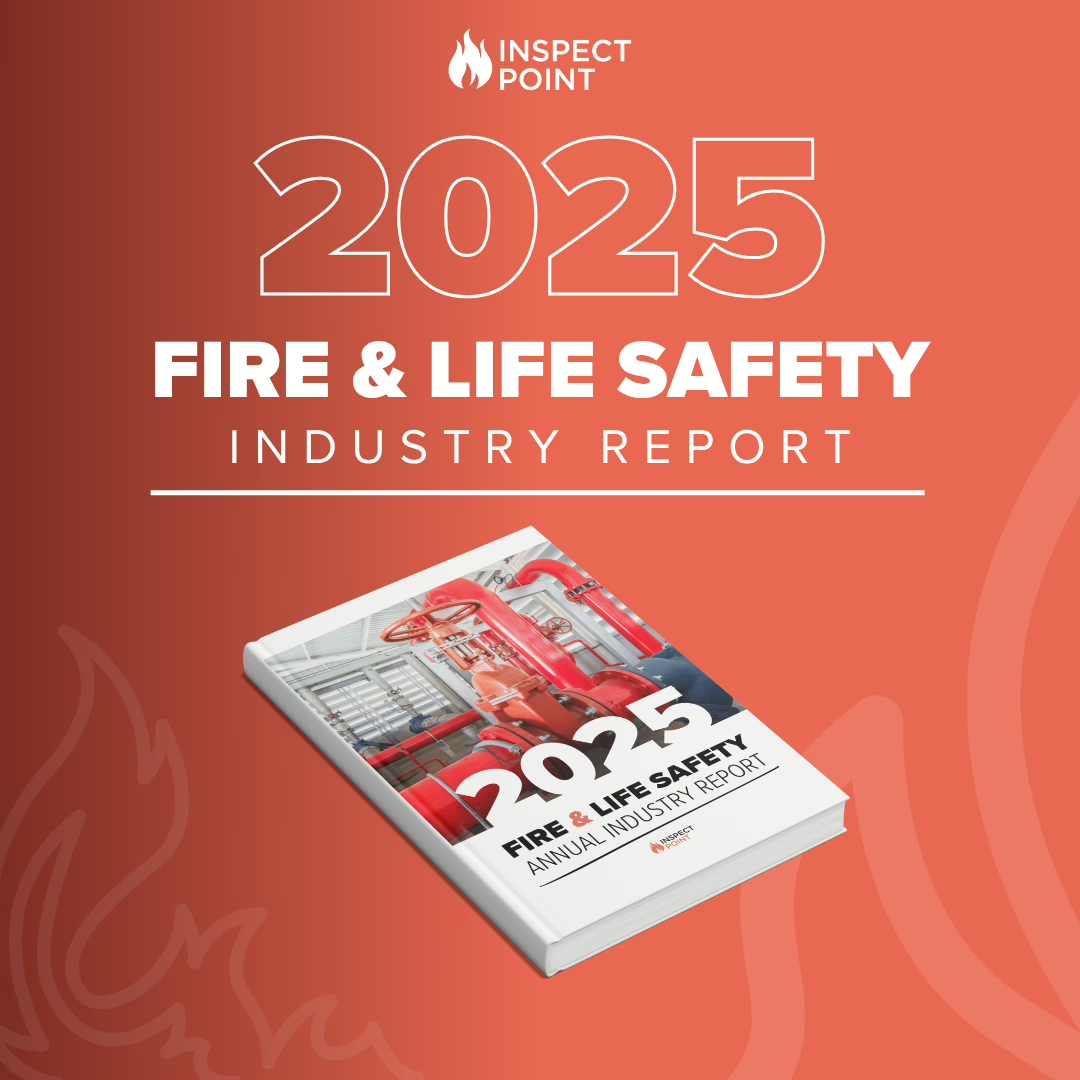
Codes and Standards from the NFPA
The NFPA 101 document for Life Safety Codes is extremely comprehensive at almost 1,000 pages long. While it’s hard to say there can ever be too much information on fire codes and workplace safety, it’s hard to imagine anyone has the time to read such an extensive document. In fact, the NFPA has even released a few videos to help you navigate the document.
For some added support, we’ve put together a list of some of the most common violations of the Life Safety Code (aka LSC). However, it should be noted before we start that this list is not a matter of official law, but a list of general requirements and safety standards put forth by the NFPA.
So what are the most common life safety code violations? Here are some of the top violations , determined and ordered by how often citations are doled out for them by the NFPA.

Sprinkler System Maintenance
This is the most frequently cited life safety code violation of any part of the LSC–and it can be a serious workplace hazard. There are comprehensive standards for how commercial and industrial sprinkler systems must be installed, inspected, and maintained in accordance with the NFPA 25. Violations most often occur from improper testing or infrequent maintenance (inspection frequencies are widely varied and depend on the system and type of inspection being conducted).
Some of the problems involving testing simply come from a lack of proper documentation of service. When a sprinkler system is inspected and serviced, you must keep proper records to prove compliance with the LSC. It can also stem from an unqualified individual calibrating equipment. Additionally, code violations might stem from an incorrect frequency of professional inspections.
Maintenance life safety code violations typically relate to specific parts of a building’s sprinkler system. Missing parts or replacements and uncalibrated gauges are some of the most common hazards.

Electrical Wiring
The second most common life safety code violation comes in the form of electrical wiring. Electrical wiring is covered under NFPA 70 and the National Electrical Code. According to NFPA 70, the NEC “sets the foundation for electrical safety in residential, commercial, and industrial occupancies. Learn more about adoption efforts, adoption status, and the support of the Electrical Code Coalition, which works to increase focus and emphasis on electrical safety for persons and property through direct and full adoption, application and uniform enforcement of the latest edition of the NEC®.”
Almost all violations relating to electrical wiring involve the overloading of power strips and extension cords. Other common causes for violations include missing junction boxes, light switches, or electrical outlet covers. Another usual suspect is an unlocked electrical service panel. If it’s accessible to the residents or workers in a building, unlocked service panels can pose an occupational safety and health hazard.
Hazardous Areas
Hazardous areas account for about 15% of all life safety code violation citations given by the NFPA. A wide array of issues can cause an area to be labeled as hazardous–essentially, these areas can lead to workplace injuries. Generally, these violations are because of untidy–and, as a result, unsafe–rooms: Rooms in disarray, rooms with improperly propped-open doors, and other common issues are enough for a life safety code violation.
Also, you should note that hazardous area violations are largely dependent on what is actually in the room. The storage and disposal of hazardous materials need to be given special consideration. Also consider what the room in question sits between. In an emergency situation, hazardous areas that are not kept up to code can cause big problems for firefighters, law enforcement, and other first responders. Properly keeping hazardous materials means ensuring the safety of your employees, your customers, first responders, and the community as a whole.

Corridor Doors
Coming in closely behind hazardous areas is violations with corridor doors. While some offices might think they’re safe from violation by only having objects that are easily movable in a corridor doorway. Objects left in doorways in corridors for longer than 30 minutes are in direct violation of the LSC.
Corridor doors exist to prevent smoke from traveling through a facility during a fire. Keeping fire and smoke quarantined should be the number one priority in an emergency situation. That’s why objects in the way that need to be moved, adjusted, or are otherwise in the way make this objective more difficult. The improper use of automatic or self-closing doors can also be cause for a citation from the NFPA.
Generator Inspections and Testing
This violation comes in at just over 10% of citations from the NFPA. According to the LSC, “Maintenance and testing is critical to the continued reliability of your emergency generator and must be performed in accordance with manufacturer’s recommendations”.
The NFPA advises every facility should have two copies of instruction manuals for all generators on site. Generators should be tested weekly, and this inspection is often the reason for a code violation. Inspections may be completed at incorrect intervals or are not properly documented by the inspector. Any of these reasons can cause a building to get a life safety code violation for their generator

Penalties for Life Safety Code Violations
So, what happens when these violations occur? Penalties begin with a written violation sent to the owner or proprietor of a property stating that they are in violation of the code. Ignoring or destroying these notifications is cause for another, completely separate citation.
Basically, the building–or more specifically, the building owner–is fined for these life safety code violations. It begins with a $250.00 fine per violation. If the violation is ignored, not dealt with, or the fine is not paid, there is an additional $100.00 fine for each violation per day. This can lead to astronomical costs depending on how many infractions a building has. Working with the AHJ (authority having jurisdiction) can sometimes feel unclear, but it’s important to remember the AHJ has the goal of public safety, just like you.

Safety Leadership Through Building Codes
The NFPA 101 is a list that is more comprehensive than you may have realized, or even imagined. But following these rules and regulations is no laughing matter. Adhering to life safety codes and standards is part of the responsibility of owning a building or running a business. Keeping your residents or employees safe should be your number one priority–that’s why the NFPA made this code.
These are the most common causes for life safety code violations, but they are far from the only ones, so take a look at the full PDF, or check out some of the NFPA’s YouTube channel for tips on adhering to these codes. Most of all, be sure to keep up with regular, complete inspections.
Interested in learning more about how Inspect Point supports compliance and efficient inspections?
Book a Demo

